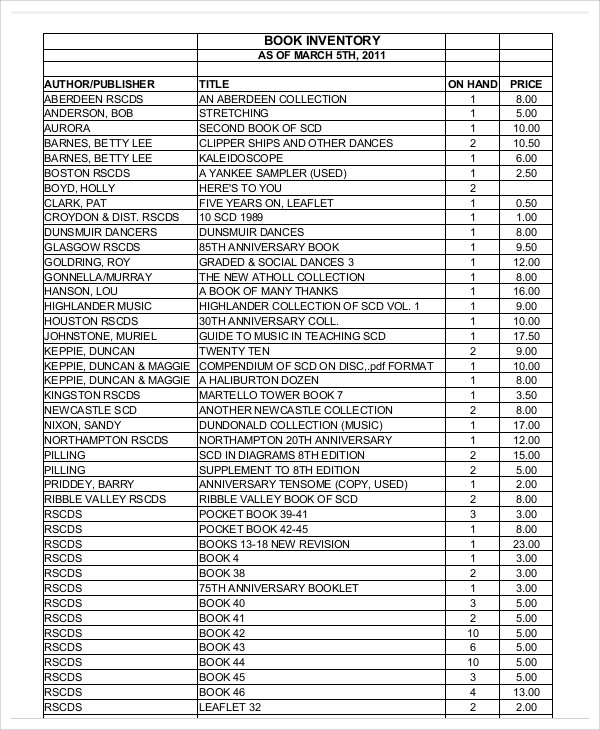

It’s not a strict system you can change the names or add new categories, like one called School for students. The primary categories that I chose are based on lifestyle : Home, Learn, Play, Self, and Work. Qualifiers are words that describe the file, and you’ll want to pick words that will help you remember the file later. After the dash we have qualifiers, which I keep non-bracketed. It also helps you remember the differences between categories if you know that the first set of brackets will always contain the primary.
This is because of my folder hierarchy, where the five primary categories are folders inside of a folder called Root. You can add as many secondary categories as you want but I only use one primary. But if I search for then that specifically brings up files with as a secondary category. Let’s say that a secondary category is “food.” I enter “food” into the Finder search bar, but that brings up every file name that includes the word “food” even if it’s a file with “food” only as a qualifier. These brackets are not arbitrary they are an important part of the system that help you precisely search for a file. A file name is organized like this: -Qualifiers It starts with a consistent way to name files. This system can work in Files… Naming Files Maybe some day I’ll come up with a fancy name for it, but for now I just call it “the system”. The system has two parts: A way to organize files by name, and a way to organize files into groups. You’ll still be limited in apps like Photos that don’t let you search by file name, but you can drill down and see which category the file belongs to. This gives us a more general organizational layer to work with, as well as an opportunity to use them in the physical world as well.

That’s why my primary categories below are based on lifestyle. So how then do you organize within those apps? Folder hierarchies like r/datacurator’s file tree won’t work. Instead of Finder’s built-in directories for file types like Documents, Movies, etc., apps like Photos and Books themselves become the file type. In Files, Finder, and Apple Notes you can organize files into folders and sub-folders and search by file name or other text.Īs you can see, each system has its own way of organizing content. In the Books app you can organize books into collections, and search by book name or author name. Inside the Photos app you can organize photos into albums and organize albums into folders, but you can’t search file names. E xamples: The Photos app can handle photos and videos, Apple Books can handle ebooks and PDFs, and the Files app or Finder can handle multiple types of files. Universality was the main goal, not just universal between OS but also between apps. I wanted a system that you can use regardless of the underlying OS, instead of an OS-specific feature like Finder tags (although I use those along with the system). It’s predominantly based on file names, and the file names inform the file groups. The system I created is kind of a hybrid.


 0 kommentar(er)
0 kommentar(er)
